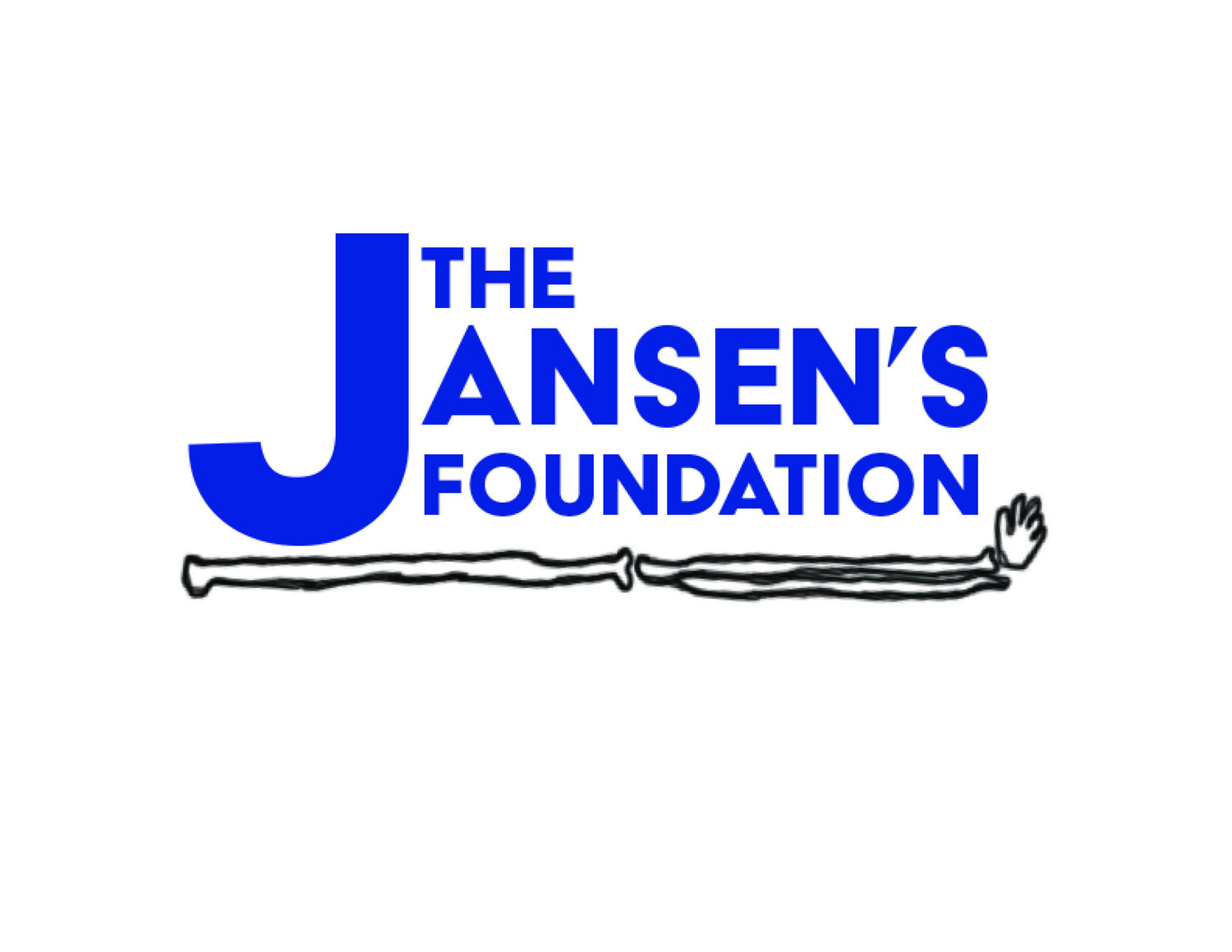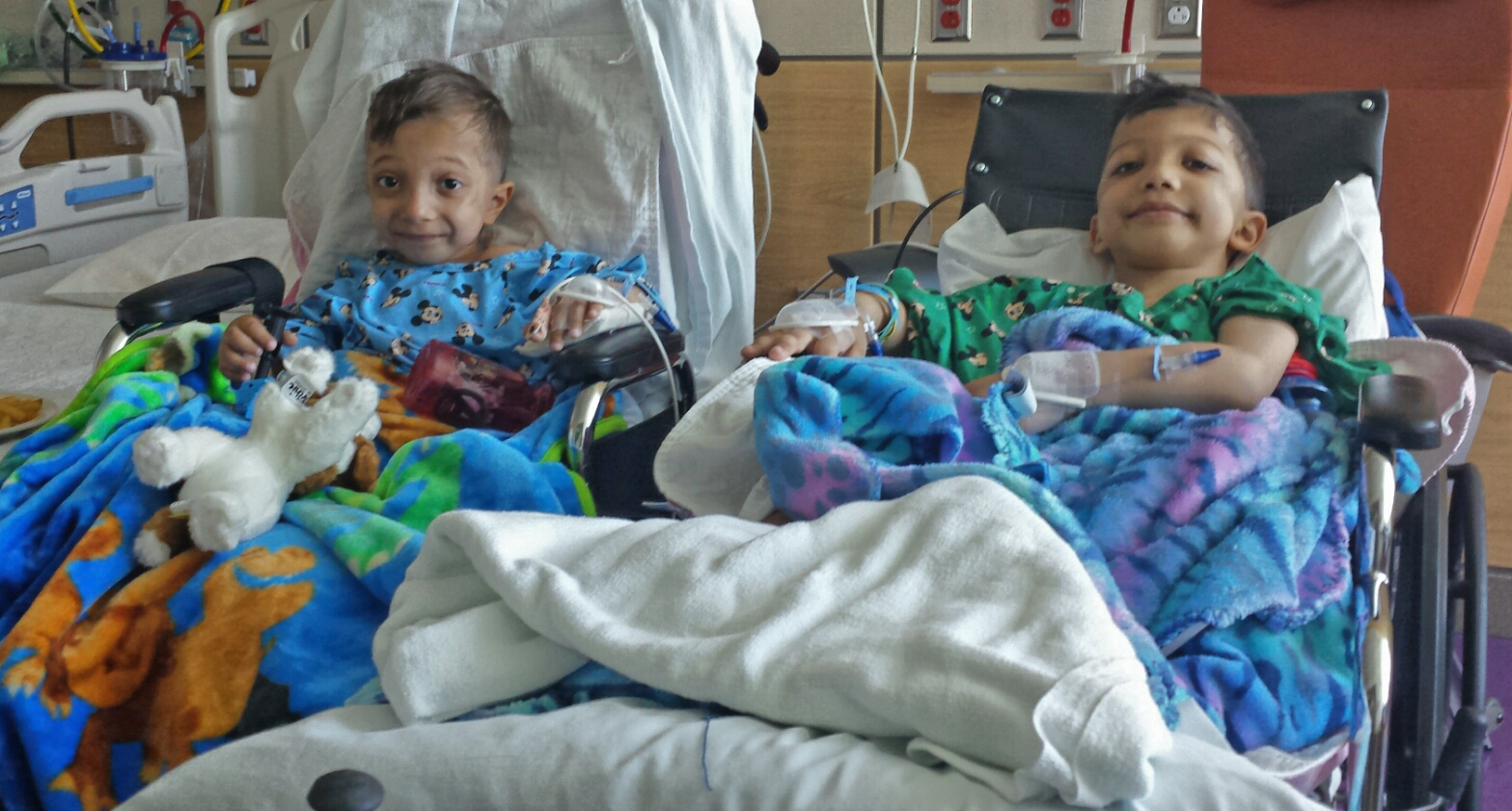Jansen’s is a progressive and debilitating condition. And while none of the Jansen’s warriors stand defeated in carrying the disease for the rest of their lives, it is still a constant battle. Pain is an uninvited companion you learn to embrace, and on days when courage steps away from your side, the smiles fade away and you wish to hide away from the world.
But the worst part of a progressive, rare and debilitating disease is the unknown. That feeling of not knowing the full extent of your illness can be frightening. One minute you could be cooking dinner for friends and family, and the next minute you are in the ER having gone into a coma from an impacted tooth in your cheek that you never even knew was there! (true story!)
Even on the best days, the unknown is lurking in the dark waiting to strike and kill your playtime in the park or a shopping trip to the grocery store. Nothing is ever certain.
Jansen’s disease affects a person’s ability to process and use the calcium in the body. So every bone in the body is affected. The ends of the bones become weak and malleable and walking becomes painful; surgical intervention, intense physical and occupational therapy are only ways to realign bone and mitigate pain.
Little Levi was born with craniosynostosis - the fusion of the skull's bones, and at two years old had to have his skull broken to make room for his brain to grow.
Physical irregularities often associated with Jansen's also include: prominent or protruding eyes, a high-arched palate, micrognathia or smallness of the jaws - particularly the lower (mandible) jaw, impacted teeth and poor enamel. Thickening of the back of the skull can also cause pressure on the optic nerve and lead to loss of eyesight and hearing.
Because calcium is lost faster than it can be absorbed by the bones, Jansen’s patients also suffer from nephrocalcinosis (accumulation of calcium in the interstitum of the kidney).
Teams of orthopedic experts, geneticists, nephrologists, therapists, scientists and researchers all work together to make life manageable.
And while all of the kids affected by this horrible condition have their superhero moments, an honest insight into their lives is important to know why we are chasing a cure.
The pictures in this gallery are not meant to upset or elicit sympathy. This is our reality and even though things may be hard and challenging, we refuse to give up and continue to fight.
























